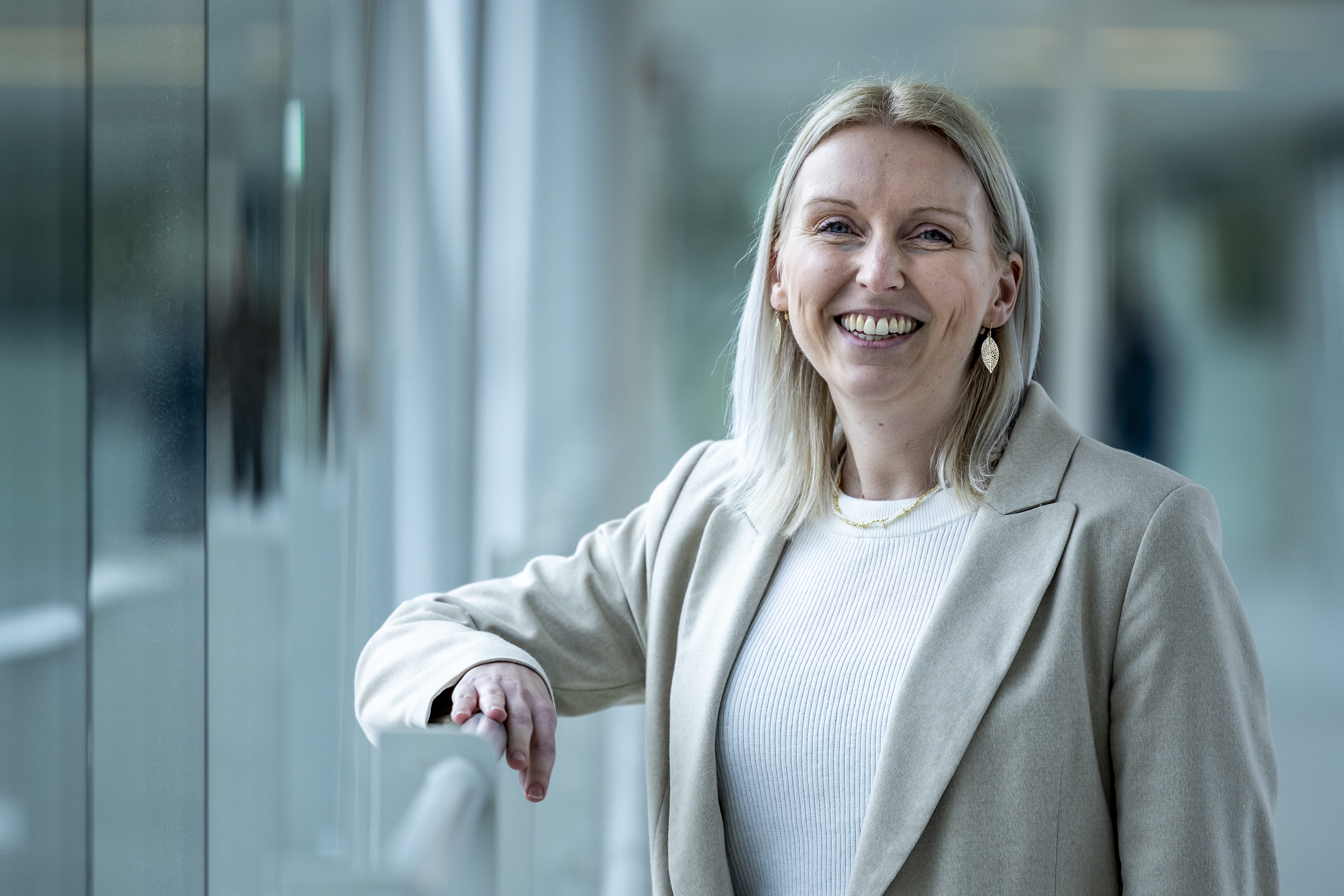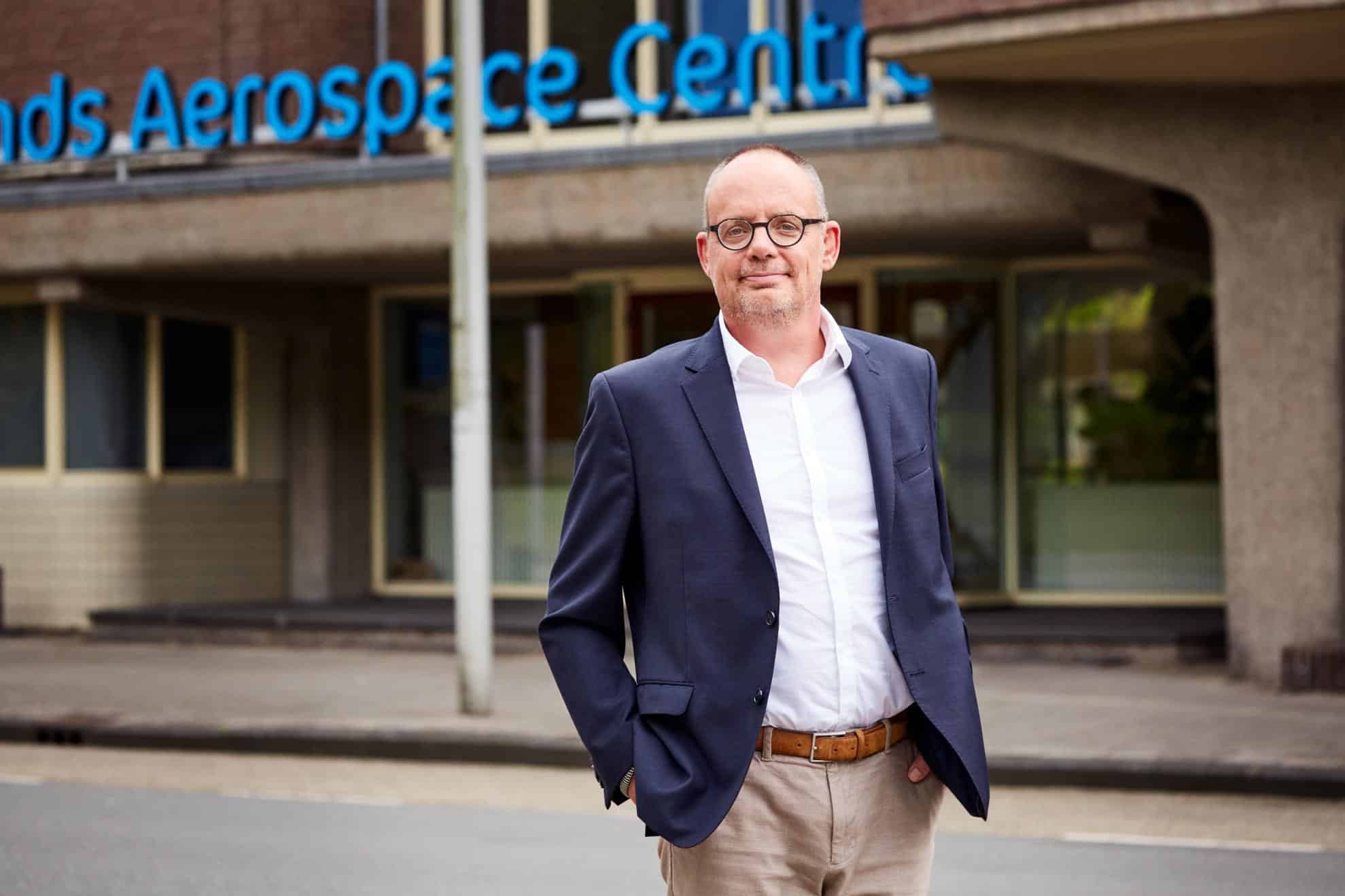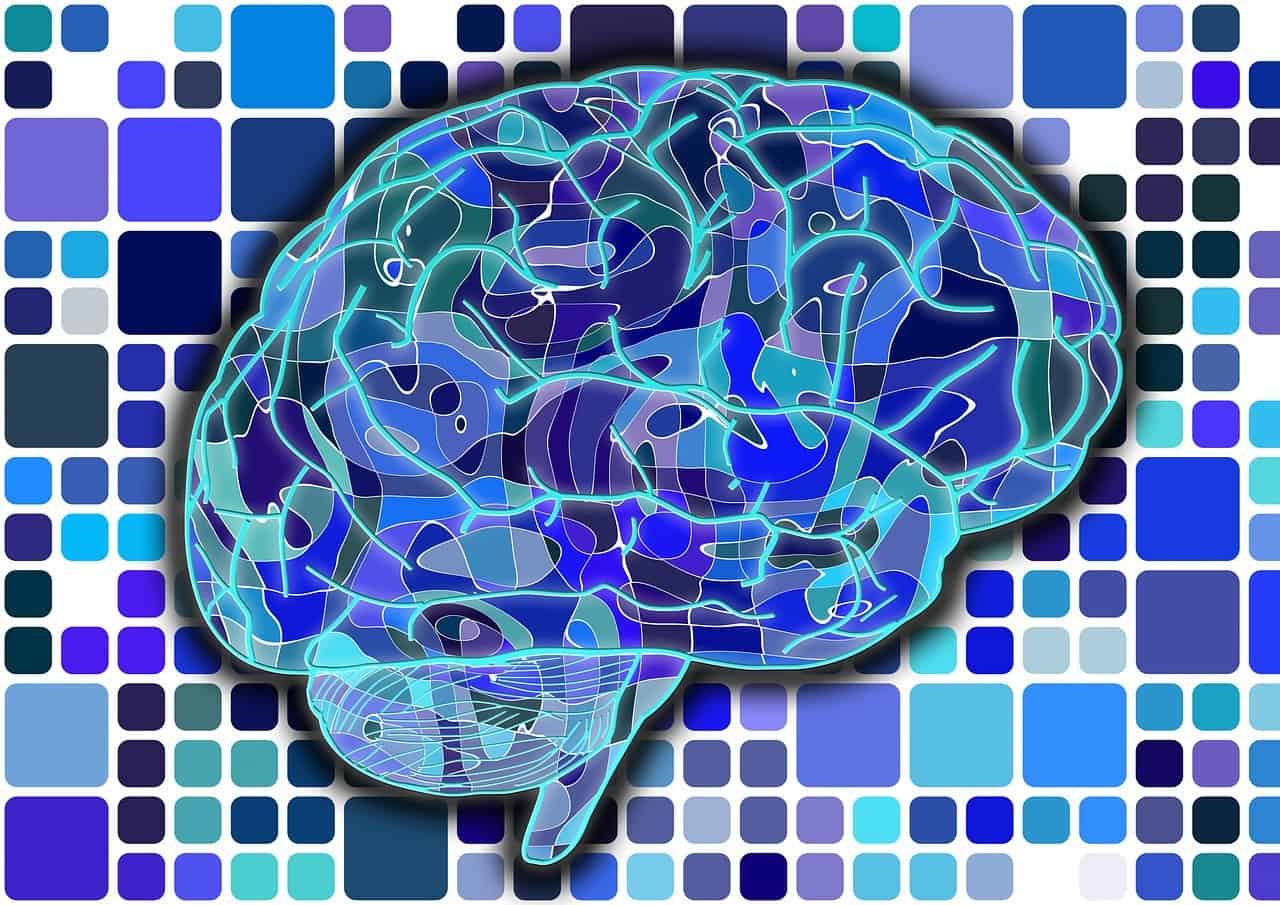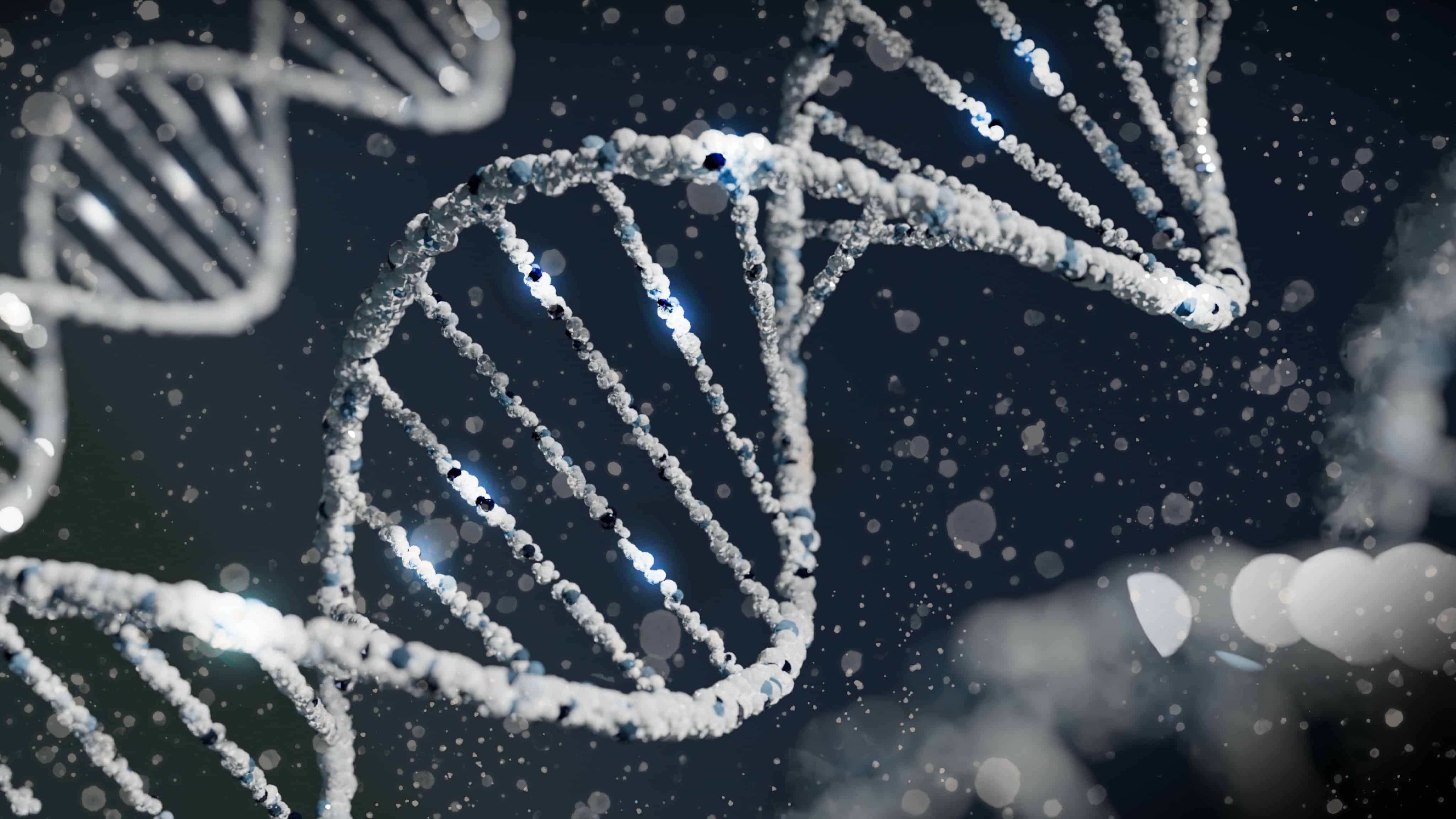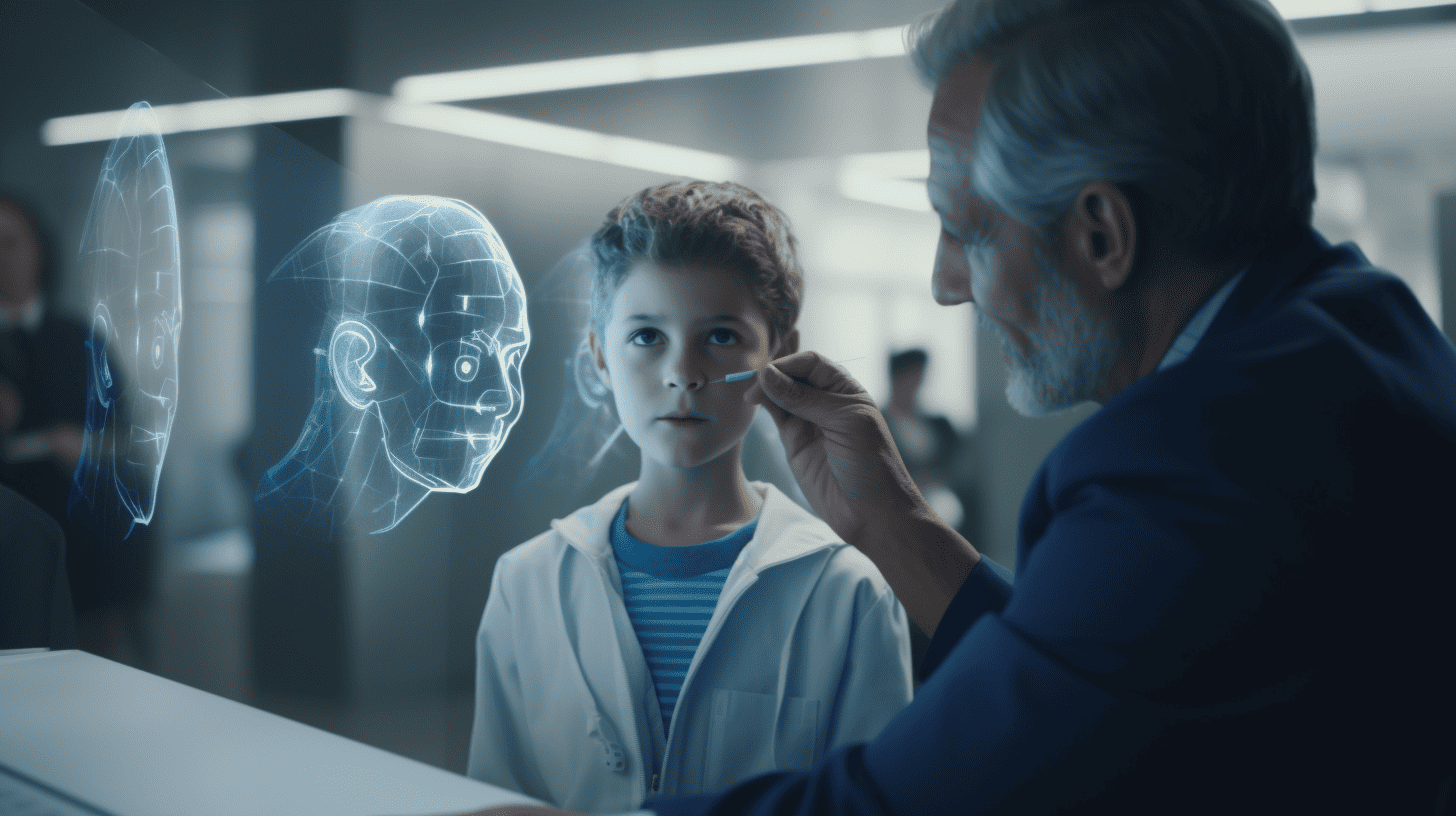
The hereditary cause of rare developmental disorders in children is often unknown. As a result, a diagnosis remains elusive. Researchers at Radboudumc are now changing that. They developed a computer model based on facial recognition. This allows doctors to make the correct diagnosis more often. The researchers published about this in Nature Genetics.
- Thanks to facial recognition, hereditary developmental disorders can be better detected.
- This method is a welcome addition to common gene tests.
- Researchers from RadboudUMC have published about this in Nature Genetics.
Today, geneticists look at all 20,000 genes a person has with one test. This often allows them to identify the hereditary cause of misunderstood developmental disorders in children. Think of intellectual disability or autism spectrum disorder. Some 1,600 genes are now known to be involved in developing these disorders, and this number is increasing every week. The tricky thing is that genes often contain many different abnormalities. Therefore, whether or not they contribute to a developmental disorder is often unclear, and a diagnosis remains elusive. Facial recognition can help here, researchers from the Radboudumc show.
Facial features
A developmental disorder is often accompanied by other physical characteristics, including in the face. Then we call it a syndrome. The researchers combined facial recognition with other data from the medical records of children with forty different syndromes. Then they instructed a computer to recognize the syndromes based on this combination of data. They developed this computer model with the research group of Marcel van Gerven, head of the Department of Artificial Intelligence at Radboud University.
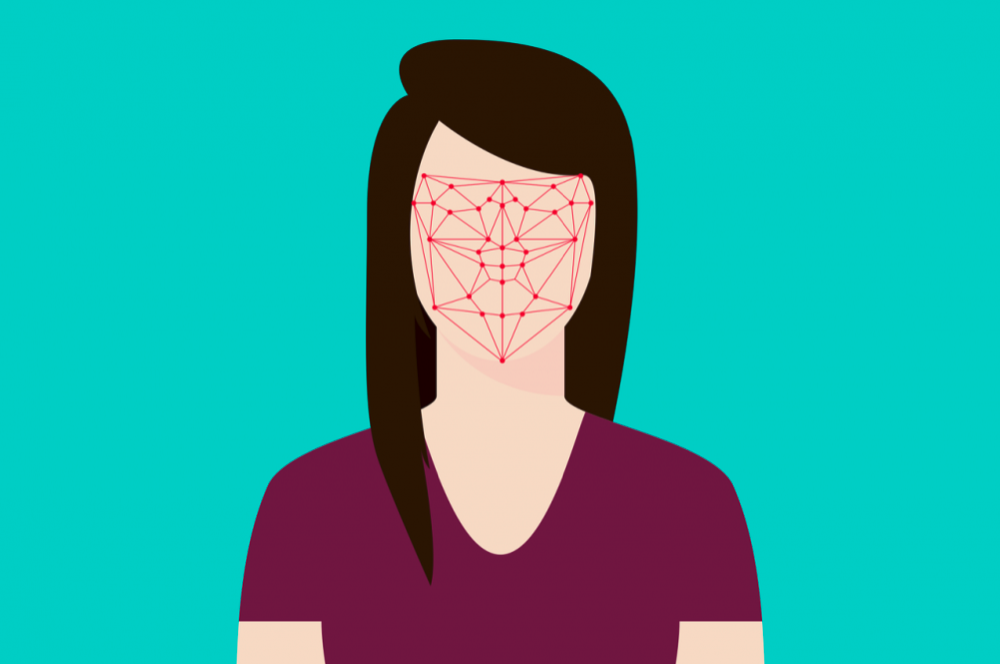
“The computer model turned out to correctly recognize 37 syndromes,” says Lex Dingemans, a researcher in the Department of Genetics. “This allows doctors to make the correct diagnosis more often in children with an abnormality in a particular gene. This is of great importance for very rare syndromes. In fact, there are only about a dozen individuals known of some of these syndromes worldwide.”
The model can also show links between abnormalities in the gene and the characteristics of the developmental disorder. “That offers possibilities for new treatments specifically focused on these genetic abnormalities,” said Lisenka Vissers, one of the research leaders. “We hope to be able to offer personalized therapy to these children in the future.”
Powerful tool
The model will not, by itself, make a diagnosis, by the way. “That responsibility always remains with the treating physician,” said clinical geneticist Bert de Vries, fellow research leader. “Think of it as a very powerful tool. We are making the computer model freely available so everyone can use it.”
De Vries says the impact of being able to diagnose these children should not be underestimated: “Family members often live in uncertainty for many years. For example, we recently diagnosed a syndrome in a child we examined 15 years ago. Even after so many years, this gave clarity and peace of mind for the parents and other family members.”


